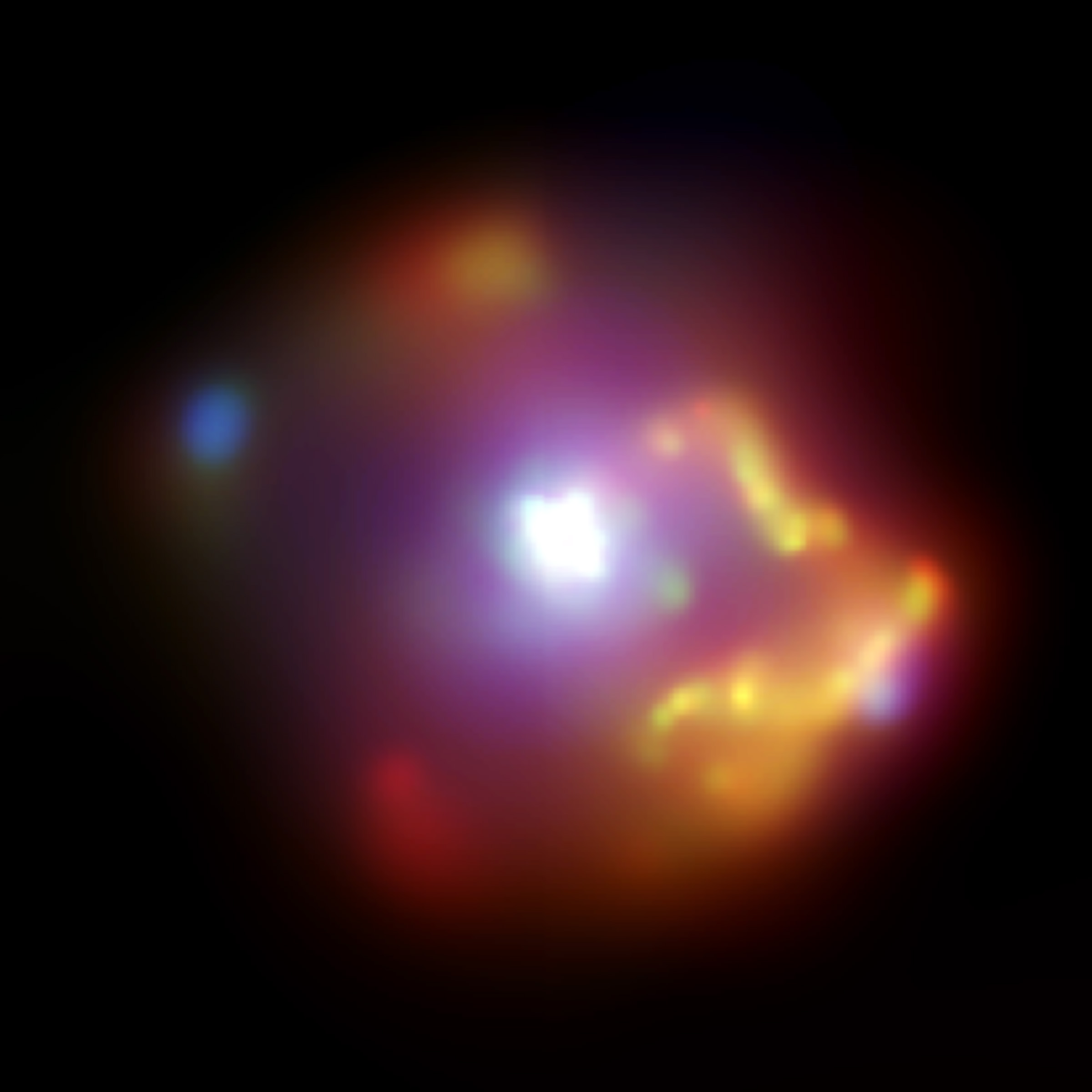As a general rule, superconductors are materials whose resistance is zero under the right conditions. The current flowing in it does not encounter any resistance, so the material itself does not generate any energy loss.
The fundamental limitation of superconductors is the fact that all materials of this type known so far exhibit superconductivity only at very low temperatures. It is therefore not surprising that most research in this field has focused on searching for materials that can be superconductors at room temperature and ambient pressure. The discovery of such a substance could revolutionize modern technology in many ways. Groups of researchers appear from time to time claiming to have discovered a room-temperature superconductor, instantly making headlines in newspapers and all popular scientific media. However, as it turns out – at least that is the case so far – these claims are almost always exaggerated.
Read also: A superconductor that will change our world. New evidence has just come to light in a high-profile case
A second, equally important limitation of superconductors is the fact that many of the technological processes used in electronic devices applied to superconductors reduce or eliminate the superconductivity itself. A good example here is the application of a magnetic field to a particular material.
However, there was an interesting breakthrough here. An international team of scientists Discover the material, where an externally applied strong magnetic field allows the superconducting state to be maintained. We are talking about a material that shows superconductivity on its surface, but not inside, i.e. a so-called topological insulator. In this case, the 2D insulator was created from mercury, manganese, and tellurium.
Most superconductors lose their properties in a magnetic field. This one is different though.
In the course of their experiments, the scientists introduced insulating electrons into the Fulde-Ferrell-Larkin-Ovchinnikov (FFLO) phase, where pairs of electrons allow energy to flow without resistance. Thus creating the material acts in its own way as a Josephson junction, i.e. a system of two superconductors separated by a thin layer of non-superconducting material, in which Josephson tunneling can occur.
Read also: It was supposed to be a revolutionary superconductor. However, LK-99 gave us a twist
The scientists point out that the FFLO phase itself is not new in superconductors, but has not been observed in a Josephson junction before. Therefore, we are dealing here with a unique combination of superconductor and topological insulator. The uniqueness of this material lies in the fact that all the advantages of a superconductor can be controlled using an external magnetic field, which is a real achievement.
The researchers acknowledge that research into this unique material may advance our knowledge about the interaction of magnetism and superconductivity. This, in turn, may lead to the development of entirely new applications for them. While superconductors are already used in suspension railways or magnetic resonance machines, this level of control could also lead to their use in quantum computers, where precise control of the electrons flowing through them is necessary. Until now, magnetic fields in quantum computers have been an obstacle to the use of superconductors, because they disrupt sensitive qubits. However, it is possible that a new magnetically controlled superconductor could completely change this.

Echo Richards embodies a personality that is a delightful contradiction: a humble musicaholic who never brags about her expansive knowledge of both classic and contemporary tunes. Infuriatingly modest, one would never know from a mere conversation how deeply entrenched she is in the world of music. This passion seamlessly translates into her problem-solving skills, with Echo often drawing inspiration from melodies and rhythms. A voracious reader, she dives deep into literature, using stories to influence her own hardcore writing. Her spirited advocacy for alcohol isn’t about mere indulgence, but about celebrating life’s poignant moments.








